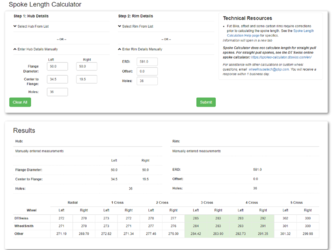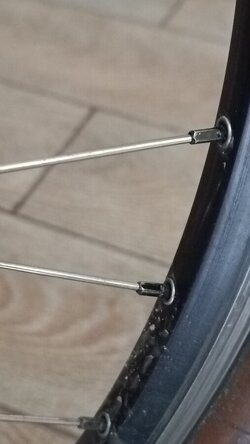ConnoisseurEquator
Senior Member
Hi
Sorry to revive that thread but I have a problem similar with my 40yo Raleighs.
2 spokes broke on both of them during the last few months.
Both have a hub with a Dyno 3 speed.
I tried to replace 3 of them when I realised that the 4th broke. I don't know when it did actually.
Is it ok to replace them with similar spokes taken from other wheel?
Well one.
They are not the same size by 1-2 mm, so I cut them.
I also notices that the wheel are not perfectly true [? ]. A bit of a spine curved. I noticed it while fixing the brakes pads.
I YouTubed them but the explanation is as clear as a muddy water to me.
If its bend to one side, screw the other side. Not really conclusive.
I tend to do everything on all my 3-4 speed bikes. More recently as I have more time on my hands.
Any ways to understand this jargon a bit more easily?
Thanks
Sorry to revive that thread but I have a problem similar with my 40yo Raleighs.
2 spokes broke on both of them during the last few months.
Both have a hub with a Dyno 3 speed.
I tried to replace 3 of them when I realised that the 4th broke. I don't know when it did actually.
Is it ok to replace them with similar spokes taken from other wheel?
Well one.
They are not the same size by 1-2 mm, so I cut them.
I also notices that the wheel are not perfectly true [? ]. A bit of a spine curved. I noticed it while fixing the brakes pads.
I YouTubed them but the explanation is as clear as a muddy water to me.
If its bend to one side, screw the other side. Not really conclusive.
I tend to do everything on all my 3-4 speed bikes. More recently as I have more time on my hands.
Any ways to understand this jargon a bit more easily?
Thanks


 )
)

